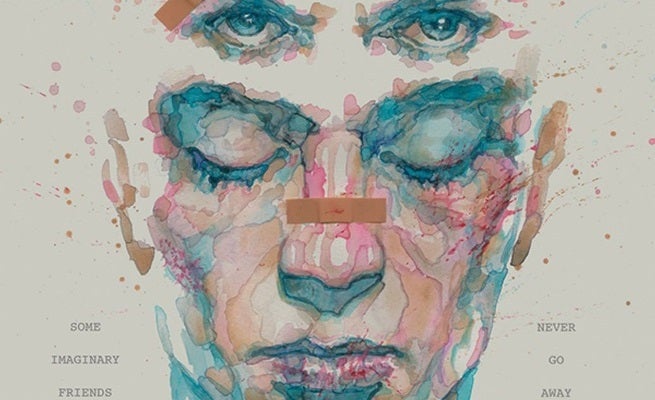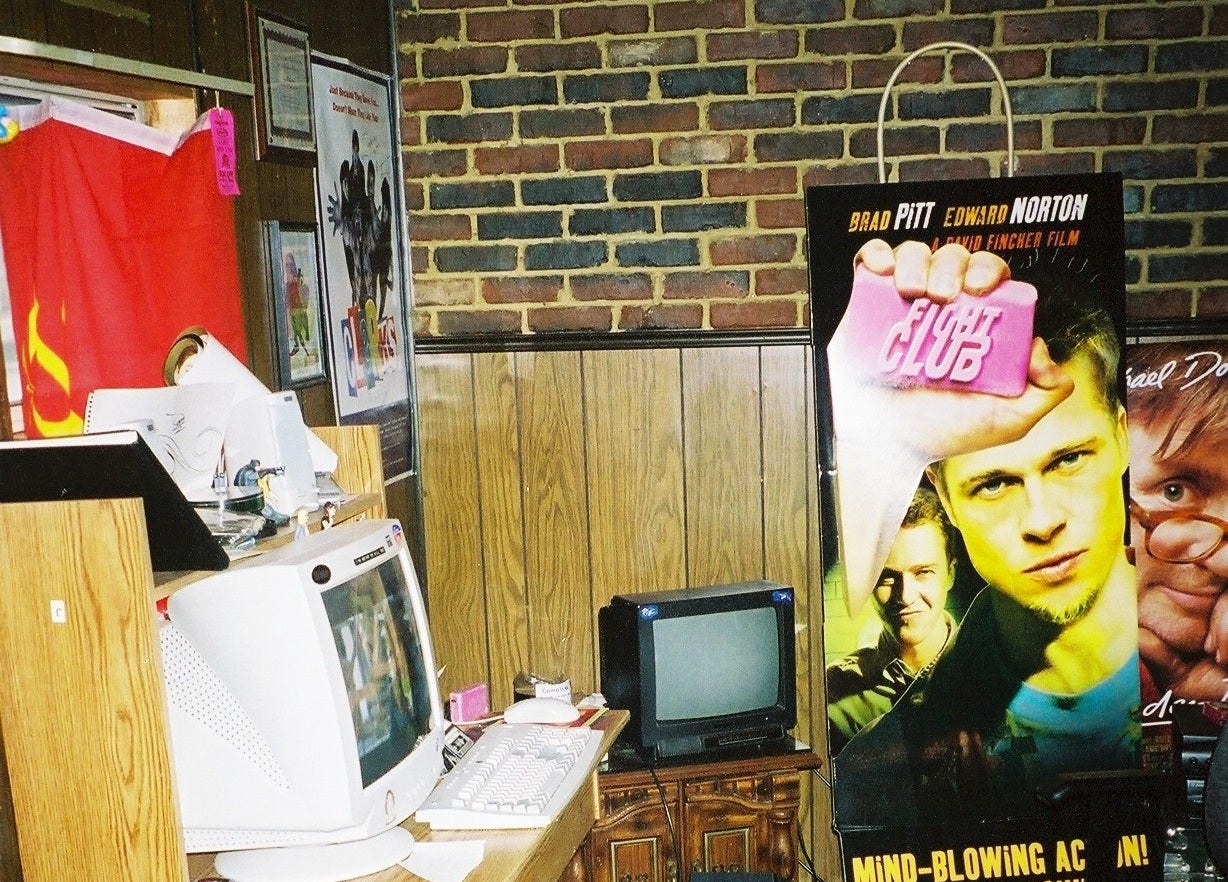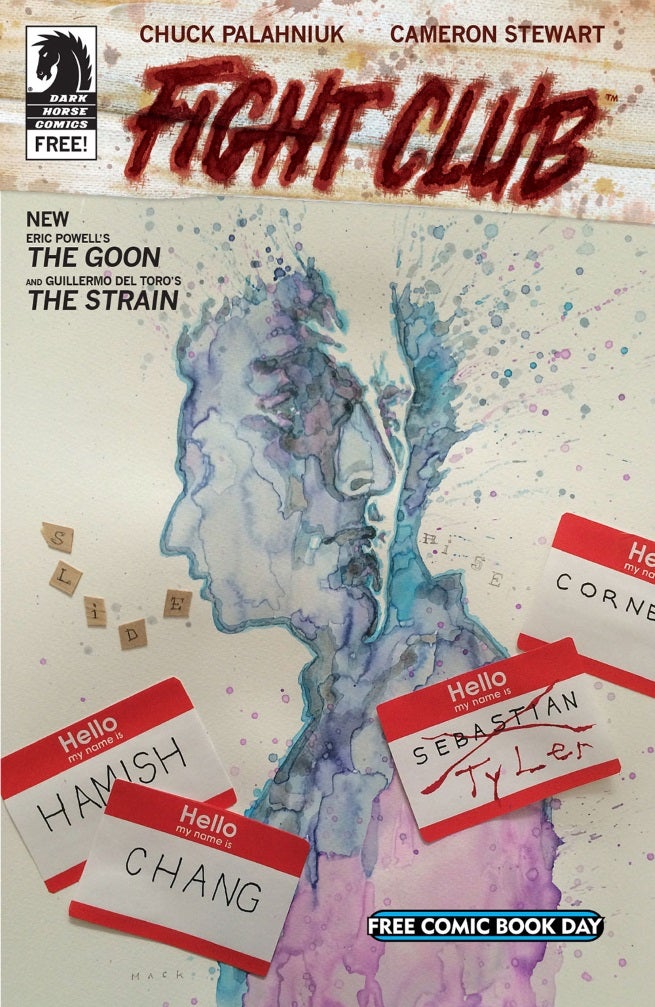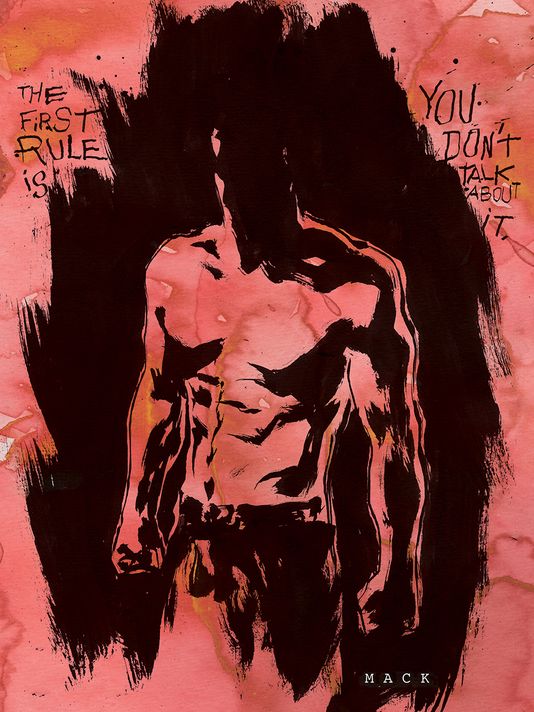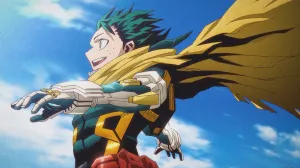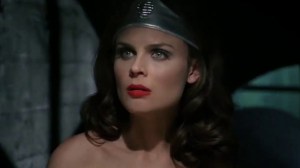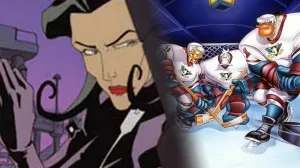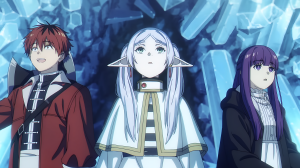With the release of Chuck Palahniuk’s short story anthology Make Something Up: Stories You Can’t Unread yesterday, the character at the center of the cult classic Fight Club made his first official appearance since the book was adapted into a film in 1999 and shot to an even greater level of fan apppreciation.
Videos by ComicBook.com
Today, Fight Club 2 debuts, bringing both Tyler and his loyal band of space monkeys back to the printed page in the form of a Dark Horse Comics miniseries from Palahniuk, Cameron Stewart and David Mack on covers.
Palahniuk took time out to speak with ComicBook.com about the series and the future for Tyler and the franchise.
Fight Club[Laughs] Ah, those were probably in the theater for all of three days!
One of the things that impressed me about this book is that you used the medium of comics a lot better than many other-media transplant. How much time did you spend figuring out the “stuff you can only do in comics” part?
You know, it is kind of a tribute to David Fincher. Fincher so messed with the conventions of film and fully acknowledged the medium by having the film rattle in the gates, having it break and burn, splices, deliberately pointing out the changeover mark, breaking the fourth wall. And so by having these photorealistic objects occlude things and kind of negate people’s faces and what they’re saying, that was very much inspired by David.
Interesting. Because you know eventually they will spend almost the entire ten-issue series apart and only really be reunited in issues 9 and 10. So it was about breaking them apart and then putting them through their individual quests that will intercut. So that will get even worse.
And maybe it’s something I did subconsciously to demonstrate their estrangement.
The only other guy I can think of who has done that is Terry Moore, who has covered the lettering with art and things in the past.
There’s kind of a fascinating marketing science that people are really engaged with the incomplete form. That’s why so many fashion magazines in stores don’t have heads anymore: you will look at the headless form trying to put a head on it before you give up. And so the occluded thing, the thing that’s blocked, is always more powerful. The thing that’s fully depicted is very restful and it’s calming but the blocked thing creates tension and it keeps paying forward.
How do you refer to the narrator? It seems like you’ve at least made it easier on everyone by calling him Sebastian throughout.
Right now, the shorthand is just Sebastian. He’s got all those other comic names that he used in past support groups, names that were kind of racially inappropriate for him, and later in the series, people who knew him from those groups will be calling him by the names they knew him by, and it creates kind of awareness of all of these previous lies.
But no, I just call him Sebastian. It’s a name that has no associations for me.
One of my best friends is the thriller writer Chelsea Cain, and Chelsea had kind of set me up on a blind date with Matt Fraction and Kelly Sue [DeConnick] and Brian Bendis and his wife Alisa. They all landed on me, saying “You need to do Fight Club 2 as a comic.”
And the other factor is that my next book with Doubleday was this collection and most of those stories were already finished so for the first time in years, I would have this window of time that I could focus on something completely new. So the fact that I had the time and that it was this peer pressure, that’s what came together.
How did you end up with Cameron Stewart?
Scott Allie is also a friend of Chelsea’s and kind of lobbied with Chelsea for an introduction. I really wanted to learn this whole process from someone who was local and since Dark Horse is in Portland and I live near Portland, Scott and I put it together. We looked at a lot of artists and there was one particular woman who I thought had a really punk aesthetic with slender characters and larger heads. She wasn’t available, she didn’t have the time, but Cameron had done things similar so I thought that he would be a really great match.
What’s the temperature in the room on taking this to other media?
There have been inquiries from one of the big three networks about a TV series, but that would have to be coordinated with Fox. There are producers at Fox that are really watching this to see how this is received and to see how this could be adapted for a movie.
My goal is to always make something that can’t be a movie, because why make something that could be a movie? Why not just make the movie? But there were elements of this that are so grotesque, I don’t think they’re filmable.
Lullaby DiaryI’m taking a rough screenplay of Lullaby on tour with me. Producers have asked me to take it with me and kind of give it a polish. So Lullaby is moving forward.
I think it’s interesting that the Tyler in the comics looks a lot more like the character I envisioned reading the book than Brad Pitt did…but what’s more fun is that he’s also Junior’s G.I. Joe toy.
Oh, yeah! That was a good way of getting a suggestion of Tyler in early, the way that David Fincher did with splices and the TV commercials to get the character in early. And Cameron has been really smart about planting those really early setups so that things seem almost inevitable when they finally do appear.
With the films and the stage play that you’ve talked about on and off, it seems like you’re pretty used to putting your vision into the hands of competent others. How does working with comics compare to bigger projects where you work less one-on-one?
As long as I have a sense that the person who is assuming control of the character is really competent, then I have no problem with it. It thrills me to be surprised by smart people, and I felt that with Cameron. Certainly that’s the case with David Fincher. So I want to be surprised as much as anybody else and when people adhere to my vision too closely, it just bores the crap out of me.

